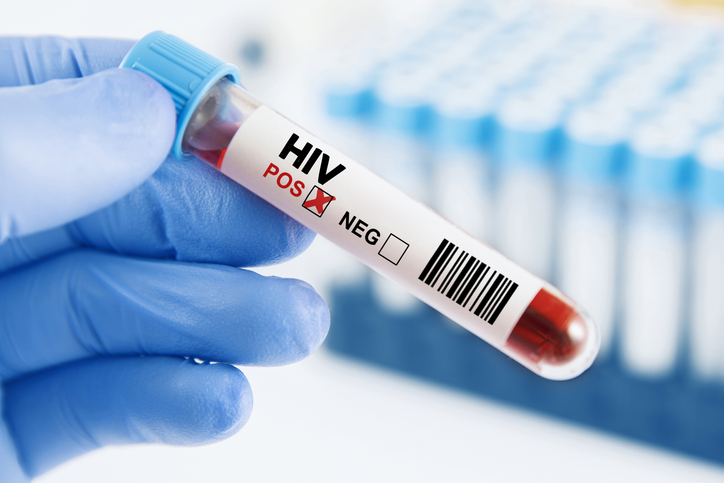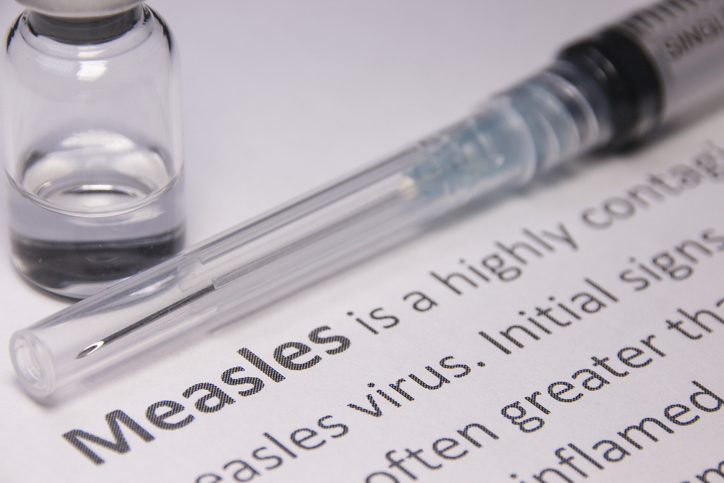
Although the 2017-18 influenza season saw a low vaccine efficacy (VE) rating, the flu shot still had a substantial impact, according to a new study.
“Despite 38% VE, influenza vaccination reduced a substantial burden of influenza-associated illness, medical visits, hospitalizations, and deaths in the U.S. during the 2017–2018 season,” researchers wrote in Clinical Infectious Diseases.
The flu vaccine and hand washing can help you and your kids prevent the #flu. Use Ready Wrigley’s flu book to help kids understand the importance of staying healthy. https://t.co/EL3qyFQTBR pic.twitter.com/cXxCi47JPd
— CDC (@CDCgov) February 7, 2019
The researchers estimated that the flu shot prevented 7.1 million (95% CrI: 5.4 million–9.3 million) illnesses, 3.7 million (95% CrI: 2.8 million–4.9 million) medical visits, 109,000 (95% CrI: 39,000–231,000) hospitalizations, and 8,000 (95% CrI: 1,100–21,000) deaths. The flu shot prevented 10% of all expected hospitalizations and more than two-fifths (41%) of hospitalizations for children aged 6 months through 4 years.
Q: Can I get the #flu from a flu shot?
A: No. The flu vaccine is a killed virus, meaning it will not cause sickness. You may experience mild side-effects after receiving the shot, but these symptoms go away within a few days.#FluFreeFriday https://t.co/Nv3g7E6Le4 pic.twitter.com/s5j3e8XFLa— UAB (@UABNews) February 8, 2019
Among everyone aged six months or older who was eligible for a flu shot, researchers estimated there were about 47.9 million illnesses, 22.1 million medical visits, 953,000 hospitalizations, and 79,400 influenza-associated deaths. Older adults (aged ≥65 years) represented 15% of influenza cases but accounted for 70% of hospitalizations and 90% of deaths.
The highest rates of illness were connected to influenza A(H3N2), which affected 9% of young children (6 months–4 years) and 15% of adults aged 50–64 years. Overall, influenza A(H3N2) was linked to about 28.4 million illnesses, 13 million medical visits, 587,000 hospitalizations, and 49,000 deaths. Influenza B and influenza A(H1N1)pdm09 virus infections were connected to 15.7 million and 4.6 million illnesses, respectively.
New CDC study shows last season’s #fluvaccines (2017-2018) prevented more than 7 million flu illnesses, 109,000 flu hospitalizations, 8,000 flu deaths. Protect yourself and your family with a flu vaccine: https://t.co/aZEtCW9aL8
— CDC Flu (@CDCFlu) February 4, 2019
The researchers evaluated VE against different influenza strains and found it was 22% (95% CI: 12–31%) against influenza A(H3N2), 62% (95% CI: 50–71%) against influenza A(H1N1)pdm09, and 50% (95% CI: 41–57%) against influenza B.
“Prevented illnesses included 2.3 million illnesses due to A(H3N2) viruses and 1.4 million illnesses due to A(H1N1)pdm09 viruses; 48% and 70% of which, respectively, were prevented among children. Additionally, over 3 million illnesses from influenza B viruses were prevented with vaccination,” the researchers wrote.
#FluFact: You cannot get the #flu from the injected flu vaccine. It does not contain any live viruses. #ReadyForFlu #WinterHealth
— NHS Ayrshire & Arran (@NHSaaa) February 8, 2019
The study authors concluded, “At this time, vaccination remains an important component of influenza prevention; and our results indicate that current vaccines prevented a substantial burden of illness during the 2017–2018 influenza season.”
Flu Shot Linked to Lower Odds of Death in Heart Failure Patients
FDA Approves First Flu Antiviral in Almost Two Decades
High Dose Flu Shot More Effective in RA Patients
LAIV4 Vaccine Not Effective in Preventing Flu in Children
Source: Clinical Infectious Diseases







 © 2025 Mashup Media, LLC, a Formedics Property. All Rights Reserved.
© 2025 Mashup Media, LLC, a Formedics Property. All Rights Reserved.